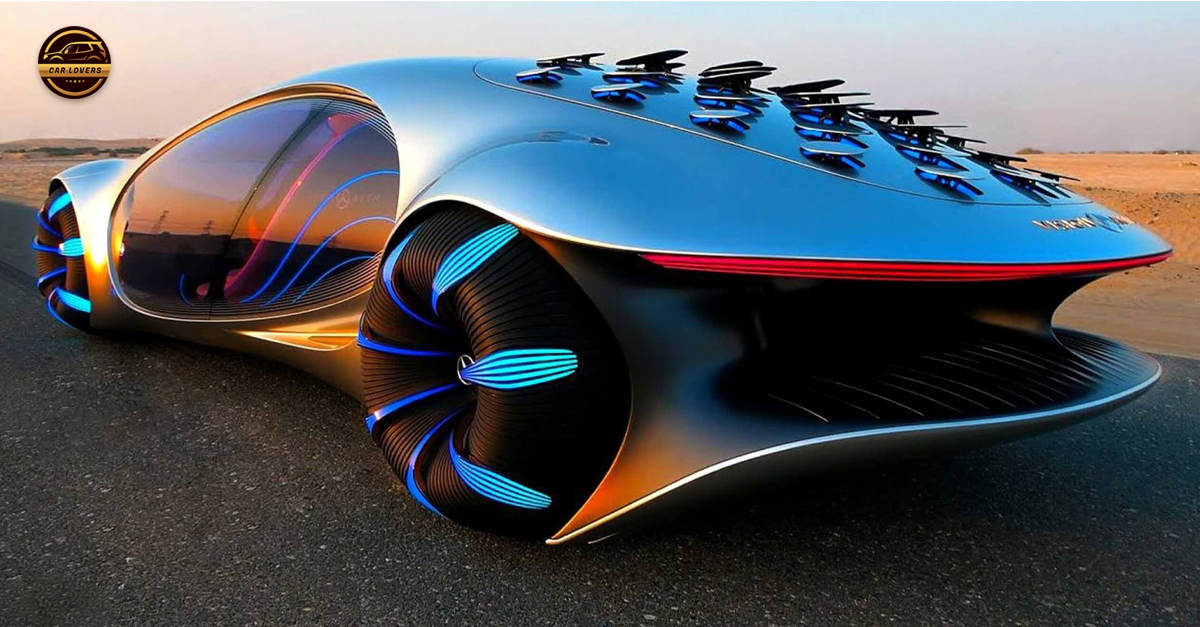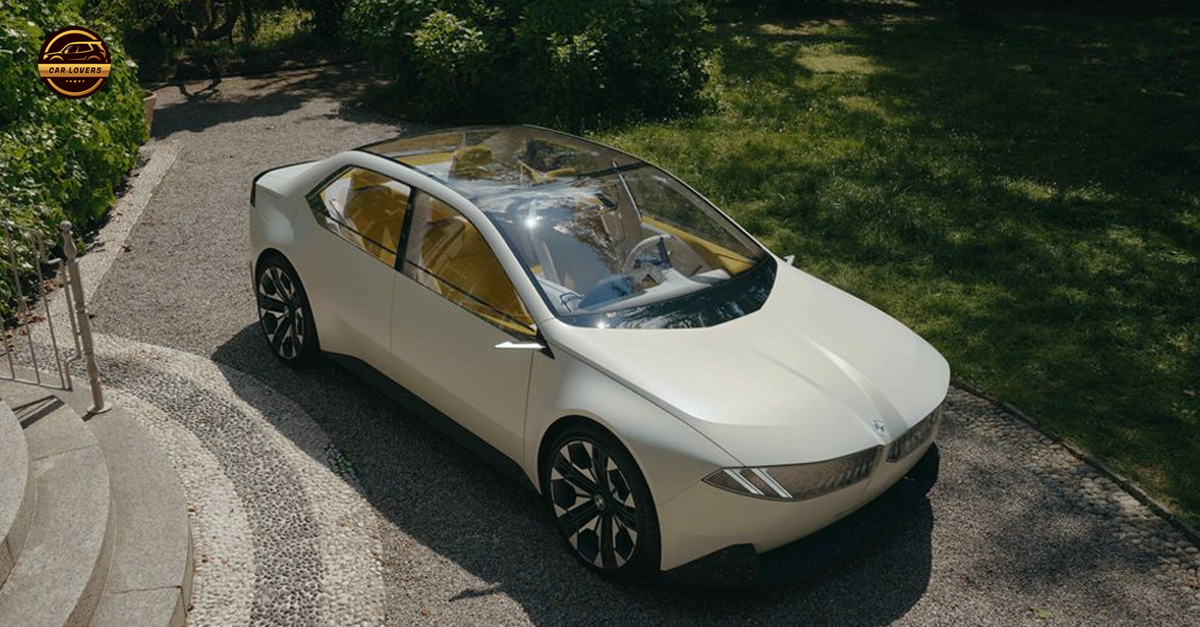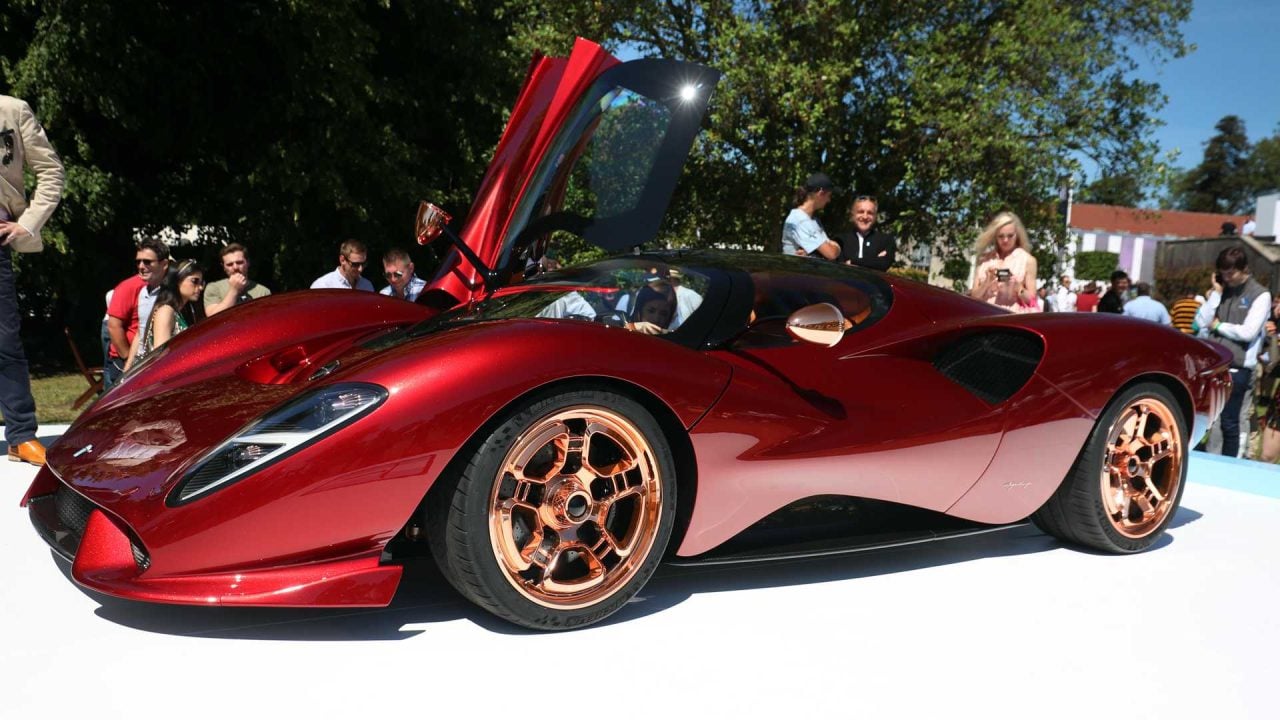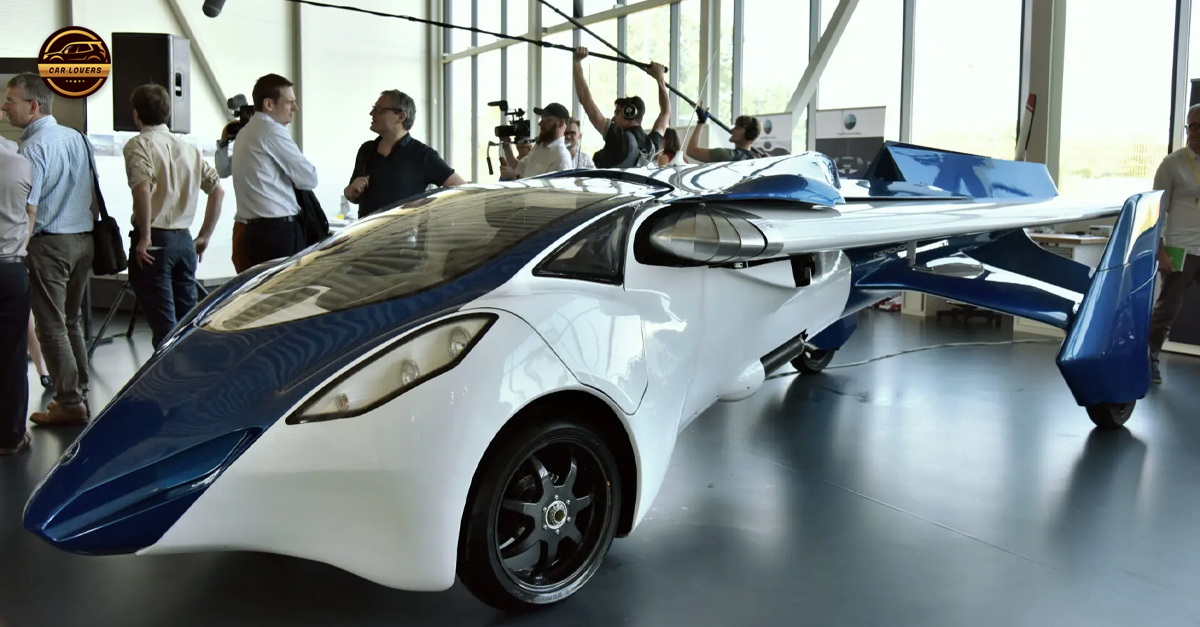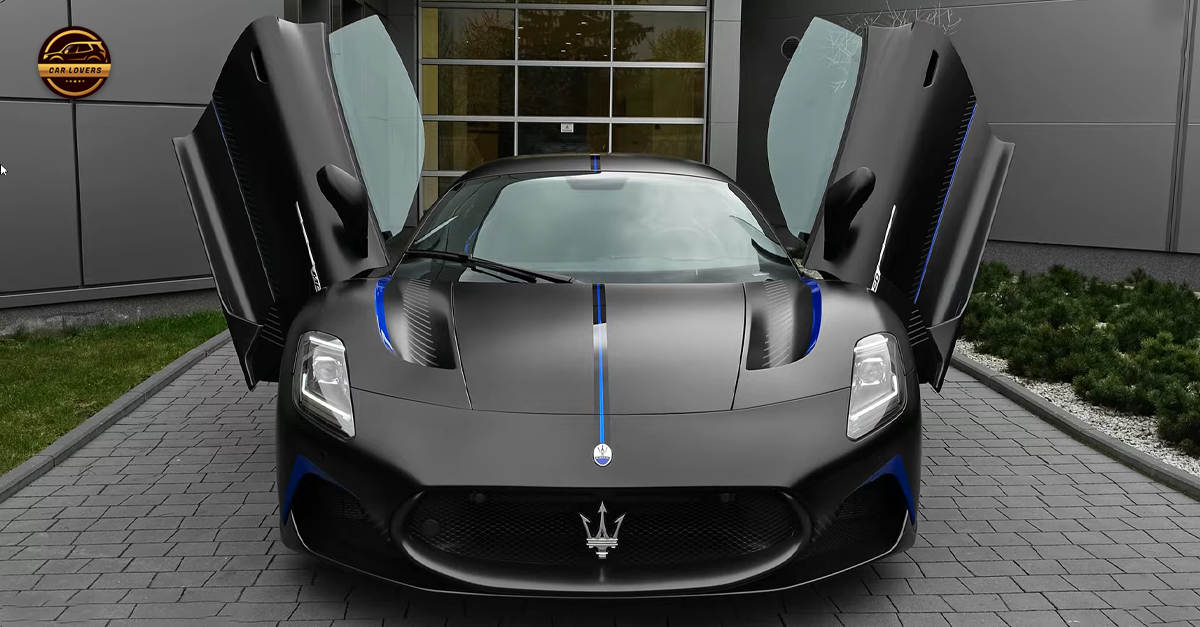The hard part of being a winner is that people expect you to win. So when Mercedes made an electric car in the same segment as its iconic S-Class–the model that constantly reinvents the top-shelf luxury game– we expected to be blown away. Instead, the EQS left us looking for the true harbinger of the revolution. After driving the EQE SUV–the fifth EQ car to launch in the U.S.–we’re still looking.

Perhaps we’re looking for the wrong thing. Mercedes’ strategy seems to focus on quickly catapulting repeatable EQ designs into every niche. At a time when BMW is slowly tip-toeing EVs into the market, Mercedes has fully realized players in five segments. No one model feels as holistically compelling as an iX or as pragmatically normal as an i4, but they’re all good, and they’re all on sale now. In a race to court early adopters, the people who simply want a car powered by electricity, that matters. Those people now have more options at the Mercedes dealer than they do at an Audi store, despite that brand getting a head start on long-range EV sales in the U.S.

What I’m looking for, though, is something that feels like a revolutionary leap. The EQE SUV is not that leap.

The EQE looks mostly familiar. The grille is a large slab of black plastic, the body slightly tall to look natural, and the edges a bit too rounded. But if you miss those clues, it’s easy to see this as just another Mercedes SUV. Unlike the EQ sedans, there’s no egg-of-the-future vibe, just a slightly softer SUV profile and fancier lighting elements. If Mercedes is trying to avoid scaring off buyers with weird styling—looking at you, iX—then it’s done a good job here. The EQE SUV isn’t the most compelling or beautiful design, but it’s inoffensive enough that buyers won’t run out of the dealership.

The interior is where familiarity works best. U.S.-market models (which start at $79,050 for a no-option RWD EQE 350+) feature an S-Class-style floating portrait display, with a smooth and responsive 12.8-inch MBUX infotainment system controlling almost everything. (Europe gets an optional Hyperscreen, but that won’t be offered in the U.S. for 2023.) Core functions are mostly within a tap or two, but it’s not hard to get sucked into the menus hunting for the right massage or lighting setup.

That driver monitoring system will also chide you if you look down, or away, or the sun hits it right, or the oddly placed steering wheel blocks its view of you. A representative for Mercedes noted that American-market cars will have a less aggressive driver monitor in place, a key example of understanding the American market. Bravo.

Driving European-market cars around Portugal, there wasn’t much to complain about. I’m not partial to the everything-in-the-screen design philosophy they’re teaching in German schools these days, but Mercedes may be the first legacy automaker to match Tesla in terms of infotainment graphics, speed, and intuitiveness. Google Maps integration is perfect, animations are crisp, and everything feels thought-through. But I found myself reaching for my phone over the on-board Apple Music app, since the UI and search functions were a step behind what Cupertino builds into its own products.\

That app, however, does unlock Dolby Atmos sound on the Burmester 3D Audio system. Unlike many systems that try to imitate surround sound using files recorded in stereo, the Mercedes system can use designed-for-surround Atmos files (also called Spatial Audio, in Apple parlance) to place instruments in 3D space. You get a palpable sense of depth, though what you gain there you lose in punch and clarity. It’s not the best audio system on sale—look to Land Rover or Acura for that—but it’s a great party trick, and interesting enough that you’ll want to listen to old-favorite albums just to see if you spot anything new.

The stereo also benefits from one of the quietest cabins in a production car. The EQE’s isolated motors and thick soundproofing prevented any unpleasant noise from making it to the cabin during my drive. Wind noise becomes noticeable above 70 or so, but only because of how quiet everything else is. This is a real luxury car, properly screwed together and thoughtfully engineered.

But while the EQE SUV is quieter than an internal combustion Mercedes, it wasn’t quite as comfortable. From the somewhat tough to predict body lean in corners to the occasional head-tossing motion you get over small bumps, it seemed at times like the EQE 500’s air suspension was ill-prepared to handle all 5665 lbs of the SUV’s curb weight. At relaxed speeds you’d never call it uncomfortable, but there are still some rough edges.

I found it easy to restrain myself in the corners, however, since the EQE isn’t built much for speed anyway. The base model and EQE 350 4Matic both offer 268 hp, with 417 lb-ft on tap for the base model and 564 lb-ft of twist for the mid-grade. EQE 500 4Matic models offer 402 hp and 633 lb-ft of torque. In such a hefty SUV, 402 hp is enough to feel powerful if not fast, while the 350 4Matic felt a little overworked on the twisty roads surrounding Lisbon, Portugal. Those looking for real speed will have to wait until the EQE SUV AMG (1-2-3 Do-Re-Mi) launches later this year.

Maximum EPA-rated range still hasn’t been announced, but we do have numbers on the far-more-lax WLTP cycle. The EQE 350+ RWD, EQE 350 4Matic, and EQE 500 4Matic get 279, 253, and 269 miles on that cycle, respectively, all using the same 90.6-kWh battery pack. Charging speed is limited to 170 kW, which should get you from 10 to 80 percent charge in 32 minutes.

That max charging speed is slower than what you get in a Taycan, or a Tesla, or a Rivian, or even a Hyundai Ioniq 5, or Kia EV6. That’s a familiar complaint to the EQ lineup. As is the lack of a front trunk, or even the ability to open the hood. Instead you get a tiny slot on the fender in which to pour windshield wiper fluid. The rest, Mercedes thinks, should be left to the dealer tech.
The car is also too clever by half. It’s quick to suggest you try its many features, offering up “energizing comfort” options if you appear tired, or activating its assistant whenever it hears “Hey Mercedes.” That’s clever, yet the assistant wasn’t smart enough to work out what I meant by “turn on my cooled seat,” even if “turn on my heated seat” was a suggested phrase. I wish Mercedes recognized that a key component of luxury is staying out of the user’s way. Then there’s the poor visibility—an EQ hallmark. In this case, thick A-pillars and the slope of the roof create a big blind spot in the front corners, making narrow intersections stressful. Last, the 10-degree rear-axle steering is a wonder in tight lots, but the groaning I heard with the system at full lock gave me considerable pause.


The EQE isn’t for young people looking to get excited about EVs, or Luddites who want everything to feel like an internal combustion car. It’s for the modern Mercedes customer, who wants to lease something with the most mind-boggling technology they can afford, and this time would like it to be electric. For that customer, I think the EQE SUV is a smooxth, comfortable, quiet, refined SUV with a knockout interior and enough range to get you there. Me, though, I’m still waiting for Mercedes to blow us away.

